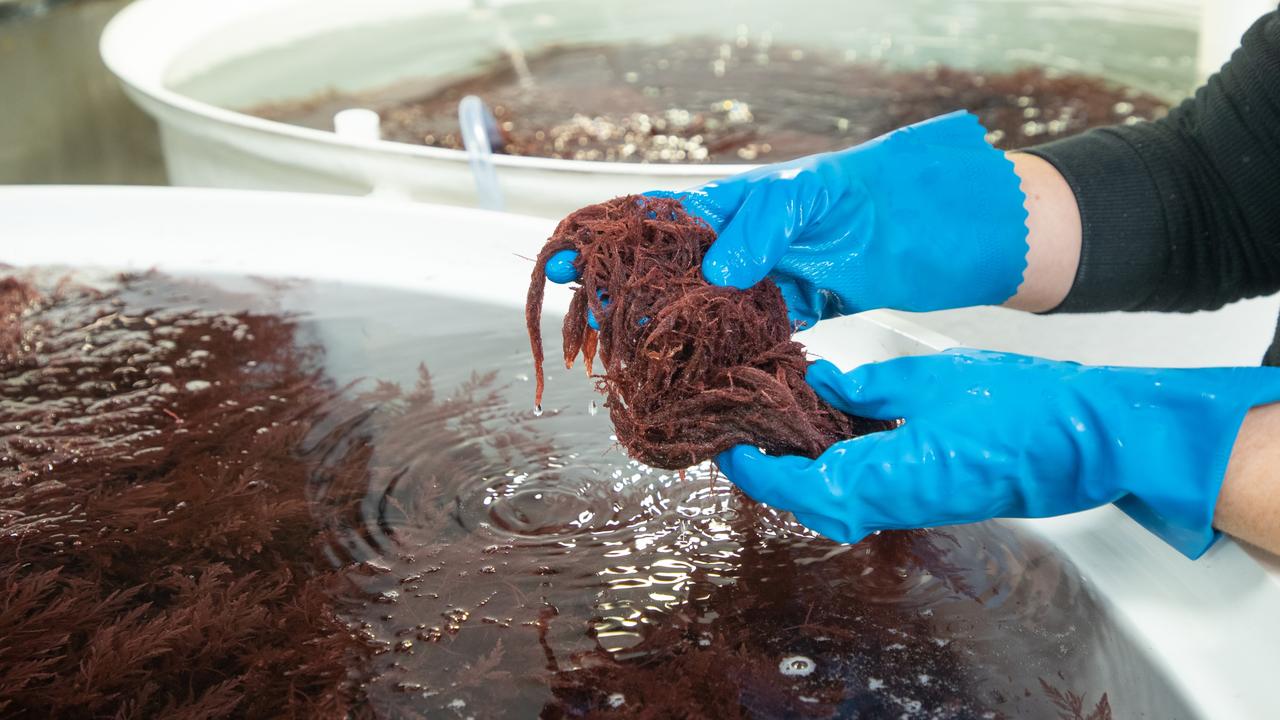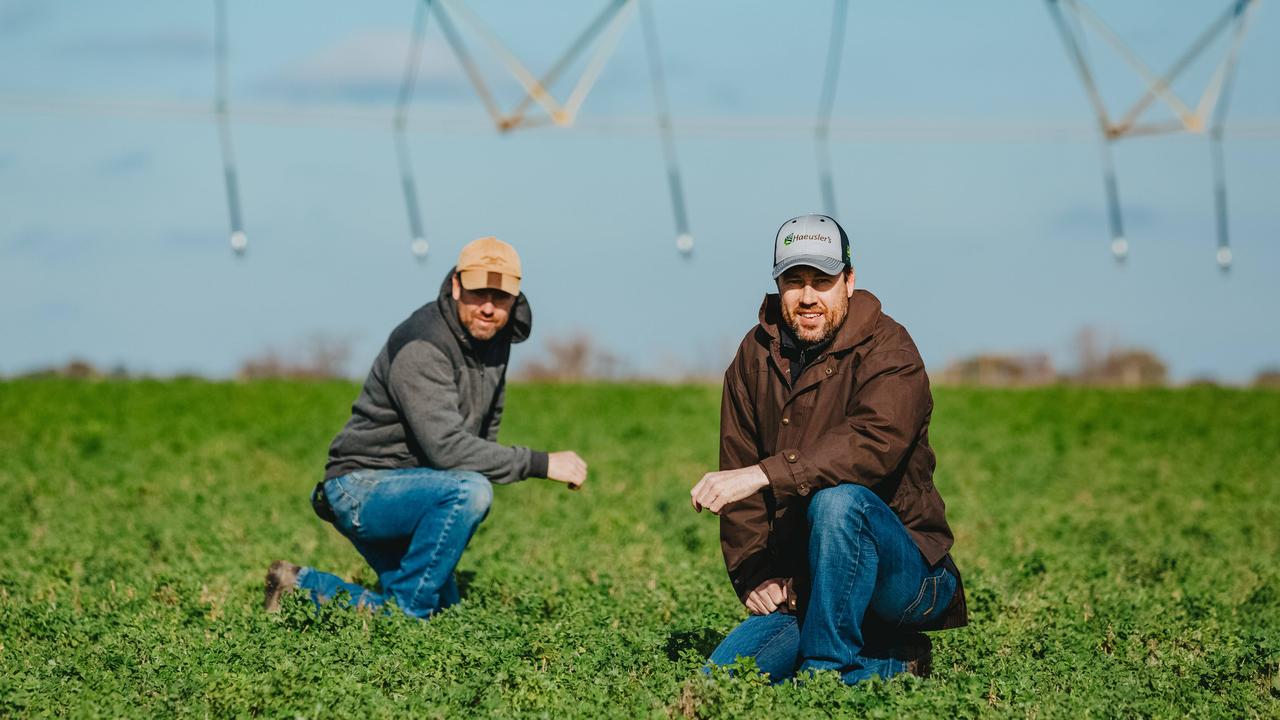Prosecco patriarch: Australia’s first in King Valley
PROSECCO patriarch Otto Dal Zotto has seen the Italian grape grow from a few precious cuttings, discovered in a backyard in Adelaide, to become Australia’s fastest-growing sparkling wine variety. SARAH HUDSON reports.
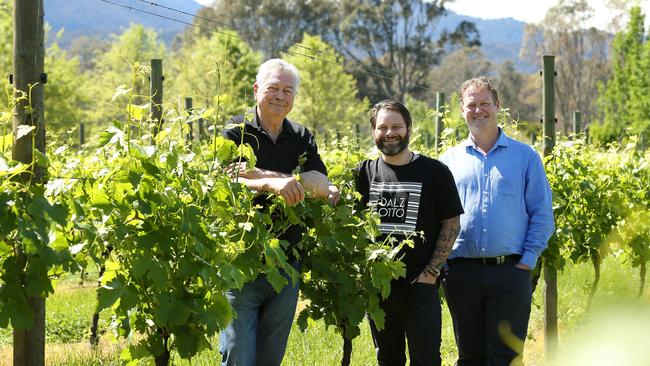
NOTHING says festive season quite like pop, bubble and fizz.
Champagne and its sparkling siblings have long been the go-to for effervescent celebration. However, in recent years there’s been a new kid on the block – prosecco – with its origins not in France, but Italy.
According to Australian sales figures for 2016, prosecco dollar and litre-growth has been about 45 per cent for two years, while this year results from a global biennial study showed prosecco will surpass 412 million bottles by 2020, outgrowing all other sparkling wine.
Industry insiders say prosecco is a lighter, more affordable indulgence than its French counterpart.

Otto Dal Zotto couldn’t have predicted this success back in 1999, when he planted Australia’s first commercial prosecco grapes in the King Valley, in North East Victoria.
The patriarch of Dal Zotto wines made 4500 bottles – 375 cases of a dozen – in his first vintage of the sparkling white wine in 2004. This year that figure has increased to 25,000 cases, with prosecco now the Dal Zotto vineyard’s largest production line – alongside about 20 other wines, made from a total of 650 tonnes of grapes a year, grown on two properties – 35 hectares at Whitfield and 25 hectares at Cheshunt.
Whitfield has about 22 hectares under vine, and Cheshunt 18 hectares, with the family also buying 200 tonnes from other local growers.
Dal Zotto aims to increase prosecco production by 30 per cent next year, and 15 per cent each year thereafter. The winery has also been responsible for establishing Prosecco Road in the King Valley, with the region now recognised as synonymous with the variety in Australia.
Otto says prosecco had humble beginnings.
“Back home in Italy we grew up with prosecco on the table every day,” says the 69-year-old. “It’s a celebratory drink, but you can also have it at any time. Instead of having a coffee at the cafe at 9am, some Italians will have a prosecco.
“I grew up in the region where prosecco was traditionally made, which is the northeast of Italy, hilly with no flat land, like the King Valley.”
Otto moved to Australia in 1967, working in tobacco and labouring jobs so he and his wife, Elena, (of the valley’s renowned Pizzini wine family) could afford to buy their first property, 25 hectares at Cheshunt, in 1985.
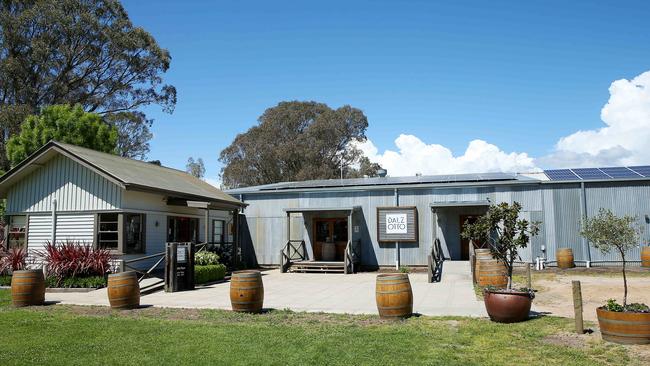
Initially Otto and Elena grew French varieties on contract, but it was when two of their four sons – Michael and Christian – returned to the vineyard in 1998 that prosecco took off.
“We could see the potential to grow our brand with Italian varieties – grapes more relevant to our history – to create a link from where we come from,” says Christian, 38, who is in charge of marketing.
Alongside plantings of Italian varieties such as pinot grigio, arneis, sangiovese and barbera, the family started tracking down elusive prosecco vines, eventually finding a backyard grower in Adelaide.
“He (the backyard grower) had imported them legally and wouldn’t give anything to anyone,” Otto says, laughing. “But I started speaking with him and we had the same dialect because we were from the same area in Italy and after a while we felt like we were reliving a part of our lives together.”
From a few cuttings, the Dal Zottos propagated an initial 380 vines.
Winemaker Michael, who is also the business’s chief executive, describes the prosecco vine as a “grower-friendly grape”.
“It has nice big bunches that ripen easily and are not as susceptible to disease as some varieties,” the 45-year-old says.

Otto continues to work as the viticulturist and says they aim for minimum inputs across their vineyards.
Grape pressings are spread underneath vines as fertiliser, while slashed grass is spread as compost. Soil and stems are tested annually, about December, to determine nutrient requirements.
Because the King Valley has up to one metre of rainfall a year, Otto says disease can be an issue, but they spray reactively, not to a schedule. Cane pruning is an important management tool to control vigour – the potential for vines to produce excessive foliage. Pruning runs from July to September, followed by thinning of bunches.
Harvest runs February to April, with prosecco grapes an early harvested variety.
Michael – who has learnt the skill of winemaking on the job – oversees the process at their Cheshunt winery. He says the prosecco process is similar to other white wines at the start: the fruit is crushed, pressed and fermented, with the initial fermentation taking about three weeks, before clarification, when solids are removed.
The wine is then transported by truck to bottle company OzPak at Nagambie, where the secondary fermentation takes place, providing the all-important bubbles.
“There’s a huge investment involved with the secondary fermentation process,” Michael says. “The tank maintains enormous pressure, which is not possible for a small winery.
“Some sparkling wines spend up to five years in the bottle, whereas prosecco is produced in one large tank and released within months, because it is a more vibrant style with more aromatics, and less acidic than champagne.”
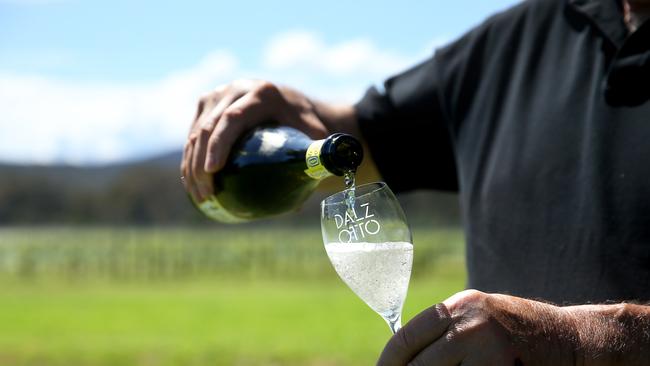
Dal Zotto produces five proseccos, as part of its stable of 18 Italian wine varieties and three French. About 40 per cent of sales are through the cellar door and restaurant, wine club and regional shops, with the remainder through restaurants and retailers nationally.
Christian says he had the idea to create Prosecco Road, launched in Sydney in 2011, to promote the variety and the valley, along with winemakers Sam Miranda, Chrismont, Pizzini and Brown Brothers.
“It has established the King Valley as the home of prosecco in Australia,” Christian says, adding that it has boosted both sales and tourism to North East Victoria.
As for the Dal Zotto family themselves, it’s not just the festive season that will see glasses overflowing with the bubbly.
“Prosecco is an anywhere, anytime drink,” Michael says, “so whenever we get together as a family the first thing we drink is prosecco.
“Because of our heritage it has a special place in our hearts.”
Naming rights
In 2013, the Winemakers Federation of Australia fended off the European Commission’s attempt to rename the grape from prosecco to glera.
The Registrar of Trademarks – in the case Winemakers’ Federation of Australia vs European Commission – rejected the application to have the wine registered as an Italian geographical indicator (GI), which would have limited its production to the Italian region, similar to French styles Champagne and Burgundy.
Italy changed the name of the grape to glera in 2009, and registered prosecco as a GI, citing the town of the same name.
However, as reported in The Weekly Times in October, informal industry discussions, ahead of Australian-European Union free-trade agreement negotiations, show Italy will again fight to register the term prosecco and restrict its use. The Dal Zottos say they are bracing themselves for the next battle.
“I was petrified (in 2013) because we could have lost a lot,” says Otto, who comes from Valdobbiadene, the area that pushed for the protection of prosecco.
“People have embraced prosecco in Australia.”

